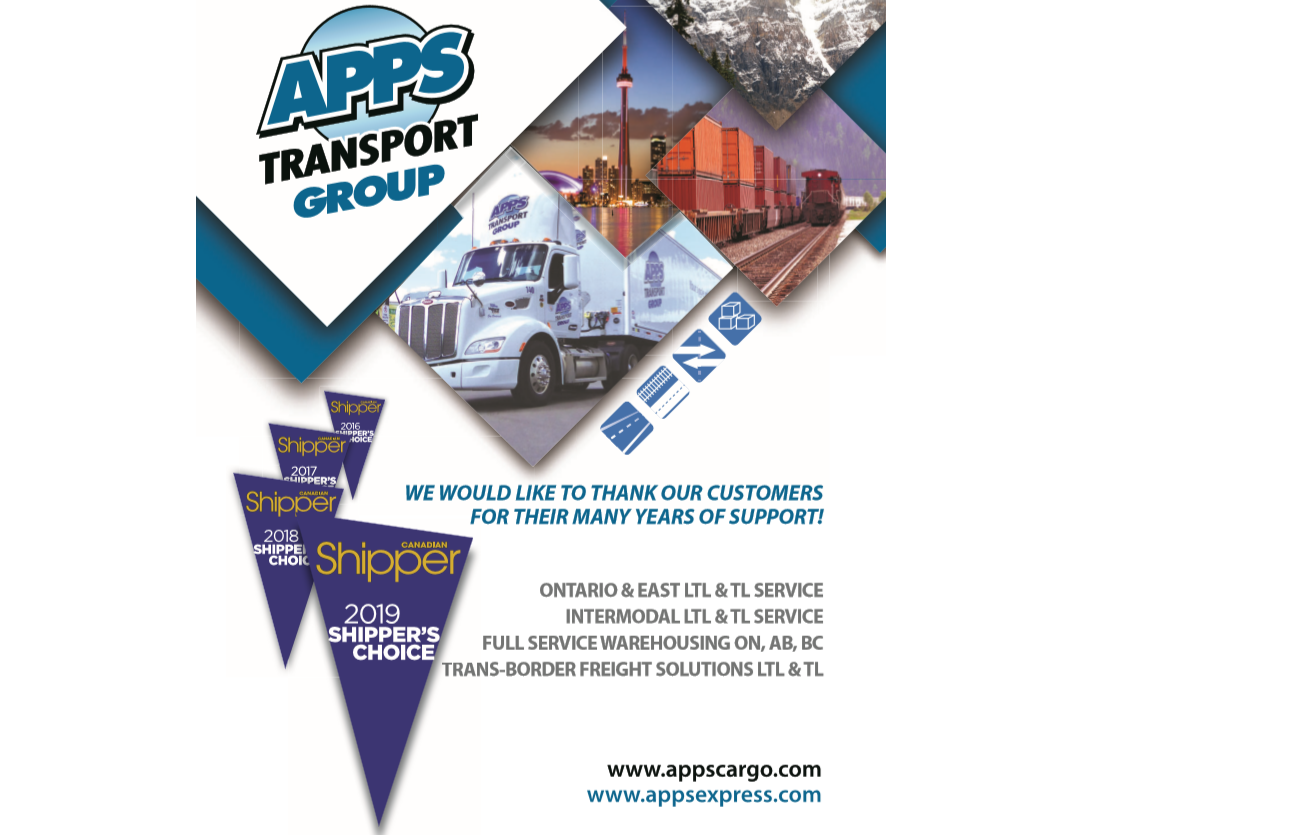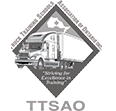Transborder Procedures into USA
Shipping Into The United States
Moving freight over the Canada-US border is not as difficult as you may think. Our experts are here to assist you with all of your Canadian exporting needs.
Before You Ship Your Freight
To get you the best rates and the best service options, it is important to have a clear understanding of the freight. Different jurisdictions have different rules on what can be moved, permit requirements, and maximum allowable weight. Additionally, there are physical limitations as to what can actually move within specific pieces of equipment or by certain modes of transport (i.e. air cargo). For LTL (Less-Than-Truckload), your rates will depend on both how much the freight weighs and how much physical space it occupies in the trailer or on the deck. This standard is typically applied in either cubic feet or linear foot of trailer. To calculate the cubic foot volume, multiply the LENGTH x WIDTH x HEIGHT (all in inches) and divide that total by 1728. The final number is the density of your freight.
Documentation
Documentation is a critical part of International shipping; any error can result in costly delays at the border. Following documentations are needed to ensure safe and timely movement of cargo into the United States.
Shipper’s Bill of Lading
A properly completed shipper’s Bill of Lading should have following information:
Commercial Invoice
U.S. Customs and Border Protection (CBP) requires a completed invoice, necessary for assessing duty. It must be accurate and include: supplier’s name and address, a detailed description of the merchandise including quantity, weights and measurements as well as the purchase price and terms of sale. The Commercial Invoice should show the H.S. Code(s), country of origin, consignee’s IRS number and the name of the custom broker. (Note it is very important that the quantity/number of pieces and weight match exactly the information on the Bill of Lading).
Export Declaration
Generally, an Export Declaration (Can. form B-13) is no longer required for shipments to the United States unless the value of the goods is over C$2,000 and will be in-transit through the U.S. or is being stored in the U.S. for ultimate re-export to another country.
Exporter’s Certificate of Origin
Under the NAFTA (North America Free Trade Agreement), Duties or Taxes on certain goods made in the U.S.A. or Canada have been, or soon will be, reduced or eliminated. To benefit from this agreement, exporters / manufacturers must determine whether their goods qualify under the Rules of Origin. These agreed upon Rules of Origin define those goods and materials which are entitled to Free Trade Agreement benefits. The exporter must complete a NAFTA Exporter’s Certificate of Origin and send a copy of it to the importer. This is not a transportation document and is not required to accompany the shipment. However, to claim benefits under the NAFTA at the time of entry, the importer must possess the Exporter’s Certificate of Origin. It must be available if requested by customs. Customs officials in both Canada and the U.S. will accept either country’s certificates. But, if the certificate is not available, the NAFTA benefits will not be applied and the appropriate Most Favored Nation tariff will be applied. Your Customs Broker can work with you to maximize your benefits under NAFTA and other programs.
Regulated or Controlled Products OGA (Other Government Agency)
Certain commodities may require additional paperwork to be completed prior to the goods clearing into the United States. Consult with your customs broker for a more detailed list of potential requirements. Some commodities may fall under multiple jurisdictions. Each of the forms listed below can be found at www.cbp.gov/xp/cgov/toolbox/forms
Tendering a Shipment
When Your Shipment Arrives at the Border
CBP will clear your shipment immediately if the Pre-Arrival Processing System (PAPS) is clean and an ACE e-manifest is generated. In most cases, a PAPS failure will become evident prior to the line haul departure. If the shipment arrives at the border and cannot be clear customs, it may be returned to the Shipper or held at the border until it clears. In both cases, additional charges will apply.
When Your Shipment Enters the United States
Your shipment will be delivered to the final destination per the shipping instructions.

APPS is an active member of the business community with memberships and affiliations with many industry, business and governmental bodies including:










